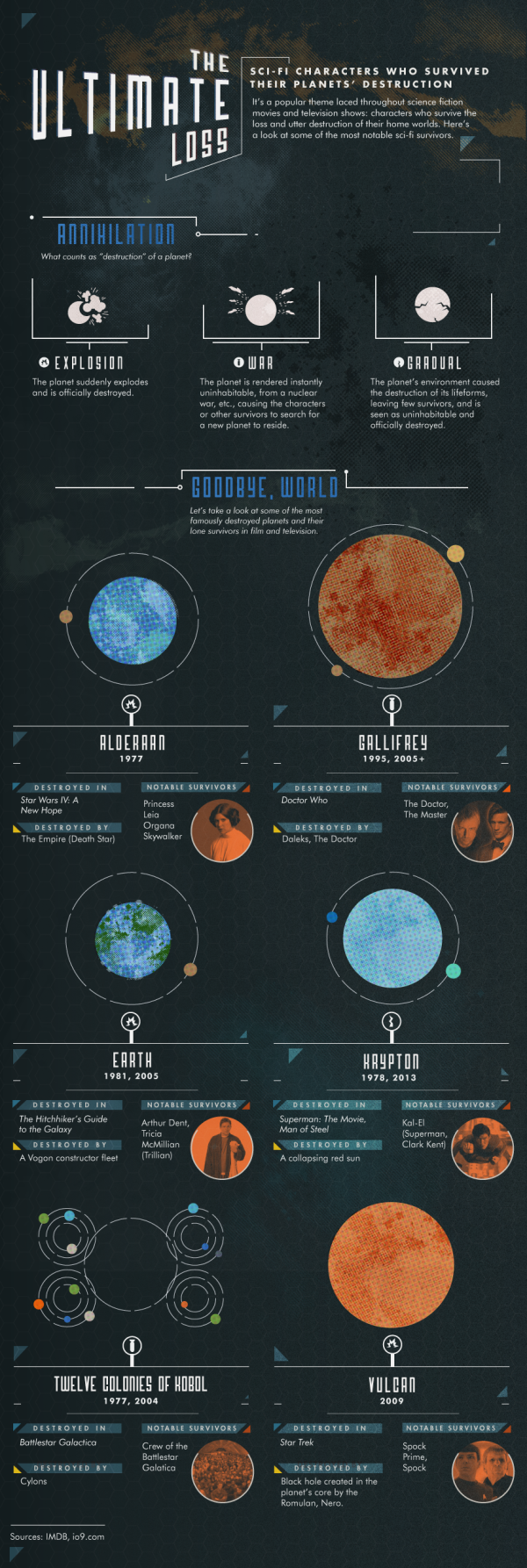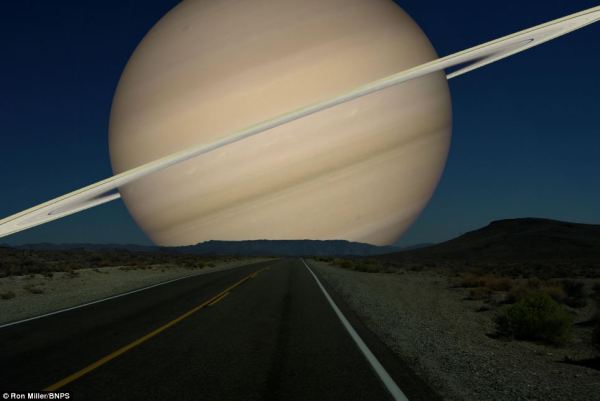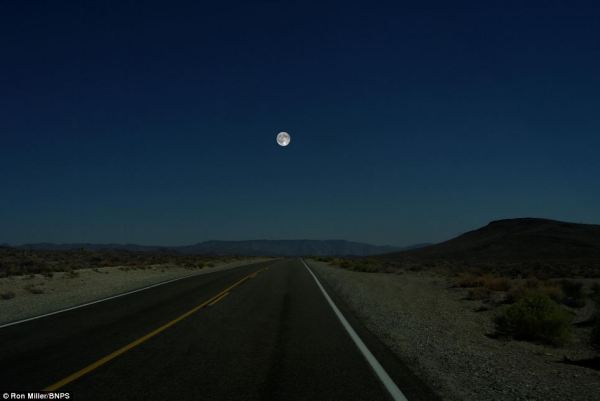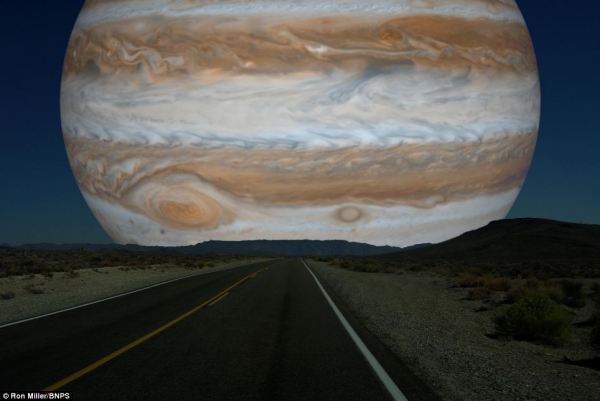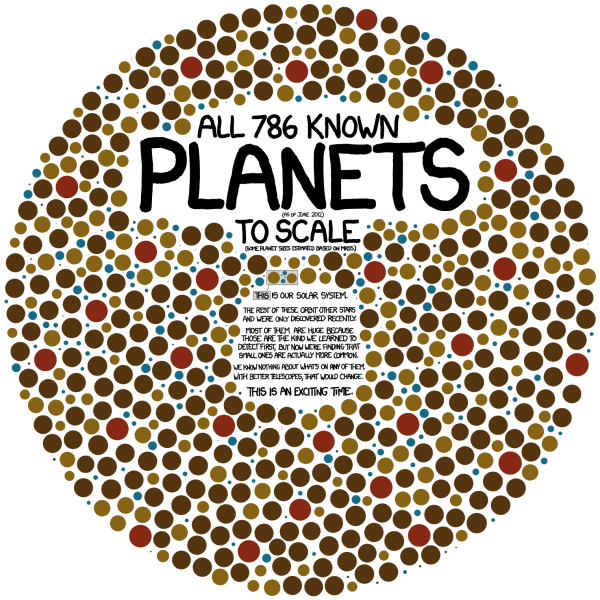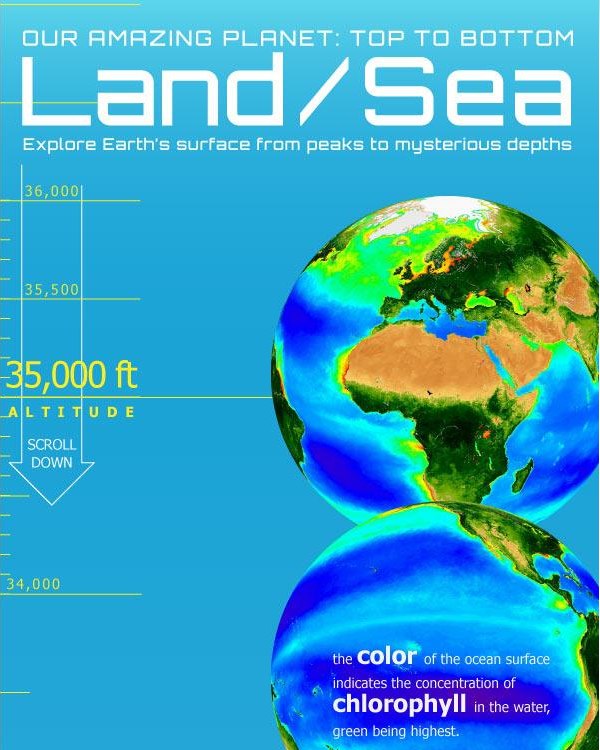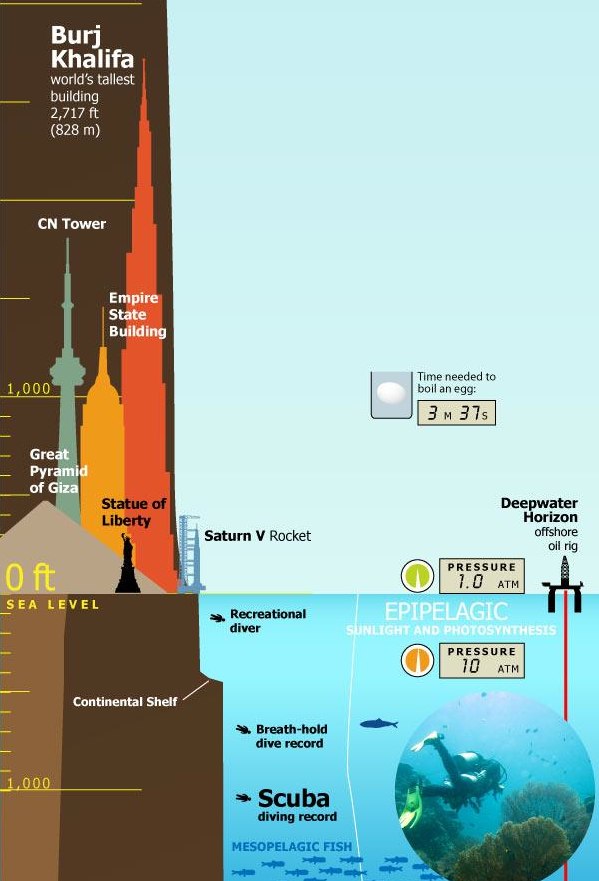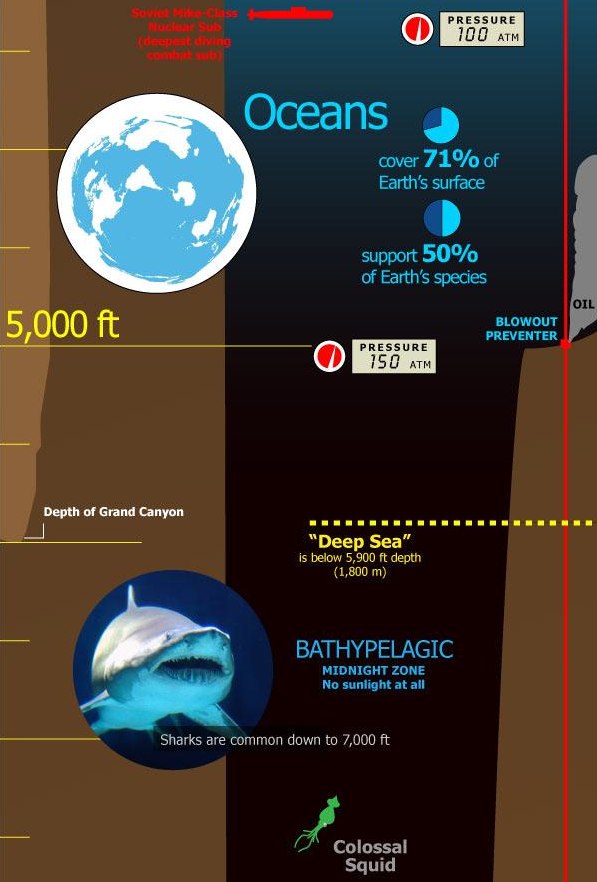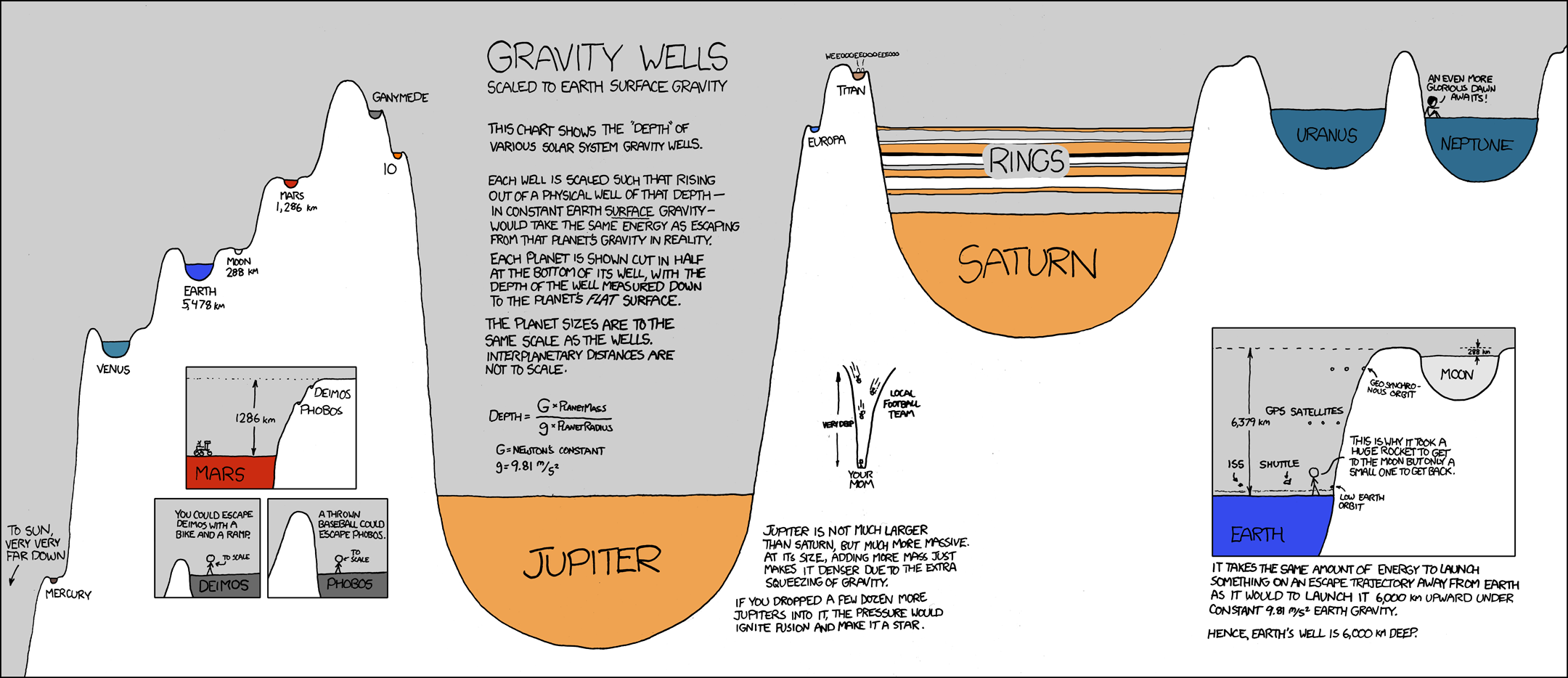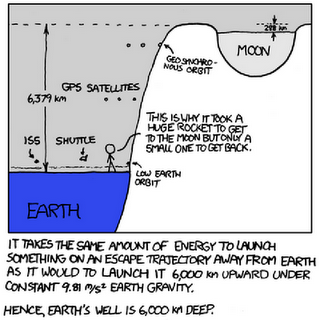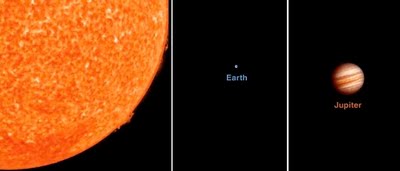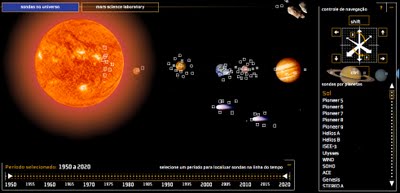The Ultimate Loss
The Ultimate Loss infographic from Confused highlights some of the most famous SciFi characters that are the last survivors of their home worlds destruction.
Sci-Fi characters who survived their planets’ destruction.
It’s a popular theme laced throughout science fiction movies and television shows: characters who survive the loss and utter destruction of their home worlds. Here’s a look at some of the most notable sci-fi survivors.
Knowing the infographic image will be shared on other sites, this design is missing some crucial information in the footer. The biggest omission is a mention or logo from the company that published it, Confused.com. The footer should also include a copyright statement, and the URL to the infographic landing page where readers can find the original full-size version.
Found on visualnews.com
 Characters,
Characters,  SciFi,
SciFi,  Television,
Television,  movies,
movies,  planets
planets 








